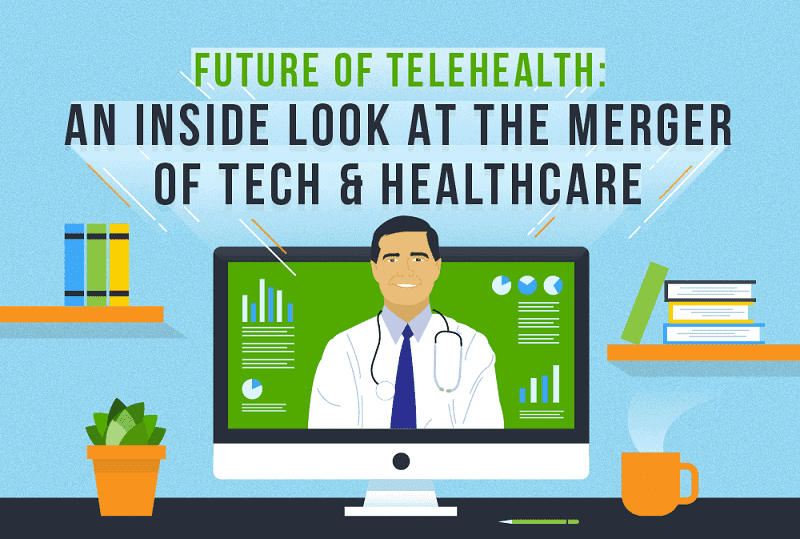Telehealth has played a major role in the future of healthcare for years, but it has taken on even greater importance during the COVID-19 pandemic. Remote diagnosis, treatment, and monitoring have the potential to help improve outcomes, reduce unnecessary hospital and doctor visits, and facilitate more convenient care.
The rapid merging of tech and healthcare has revealed a wide variety of benefits. Patients who need behavioural health services can often receive them via video conferencing, from the comfort of their own home.
People with chronic conditions do not have to attend in-person appointments as often, as long as their condition is mostly under control. With the introduction of electronic health records, people who are ill can sometimes get a diagnosis without going to the doctor, cutting down on the potential for spreading infection.
Most doctors and nurses are excited about the possibilities of telehealth. Insurance companies are beginning to get on board as well, reimbursing for many different telehealth services.
Leveraging tech allows healthcare professionals and patients to save time and money while increasing access to quality care. Wearables are also key to the success of telehealth, allowing for remote monitoring, better health, and peace of mind.
Wait times have been a huge issue in the American healthcare system. While telehealth won’t completely eliminate these challenges, it should reduce the time patients have to wait to consult with a healthcare professional and make it easier to get access to care.
Obviously, not every healthcare service can be delivered remotely. People still need to see their doctors in-person to receive some testing and treatment. However, telehealth can cut down on in-person visits and may even help elderly patients remain in their homes longer.
One day soon, telehealth will be the go-to form of routine healthcare. The market is growing and concerns among healthcare professionals are becoming less common as providers become more comfortable with the technology. For a deeper look into how telehealth will influence care in the next few years, check out this telehealth infographic from Maryville University.







